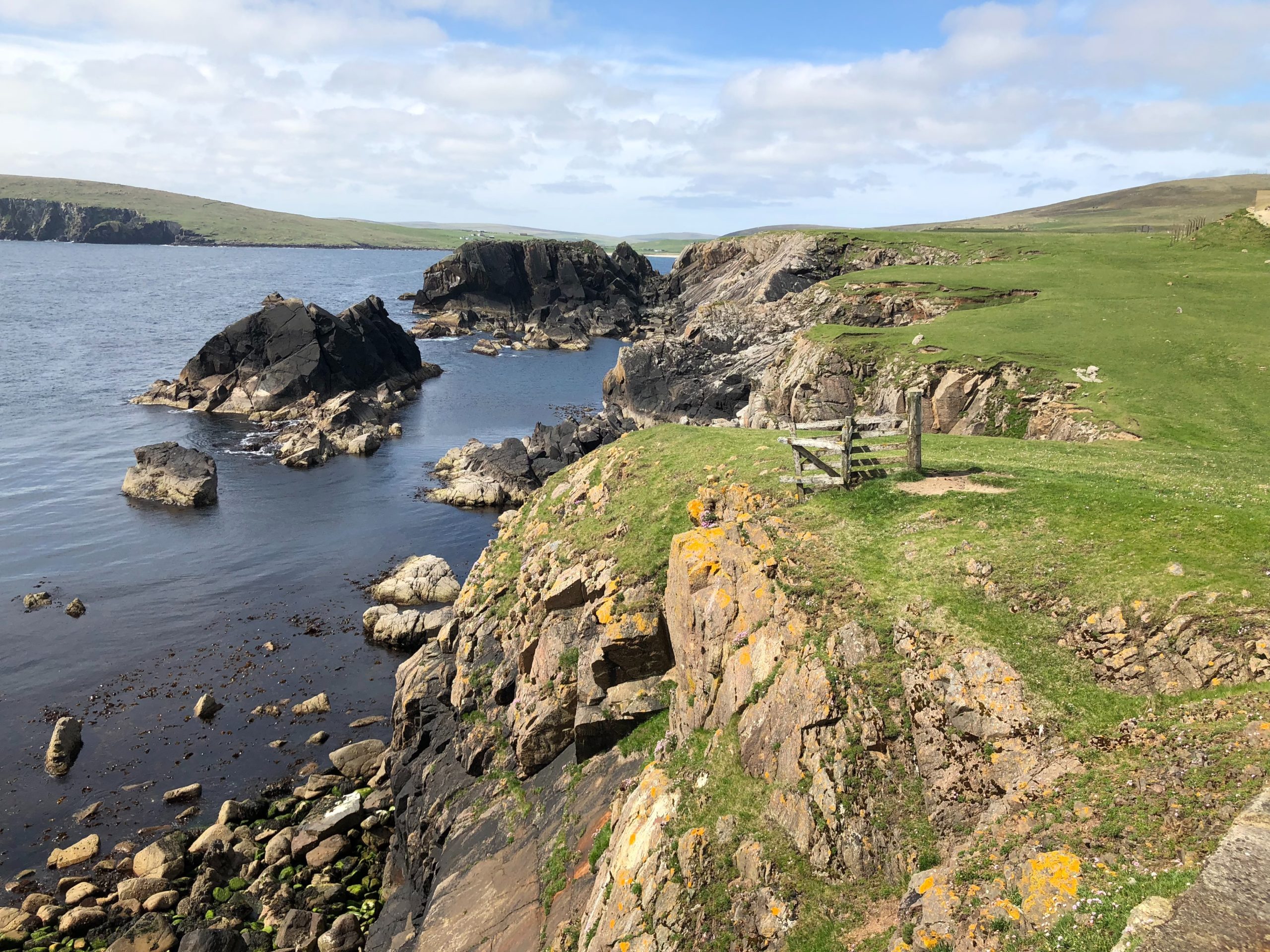
SSEN Transmission has welcomed the decision by OfGem in setting an allowance of £642 million of capital expenditure for the Shetland high voltage direct current (HVDC) link.
The HVDC will connect Shetland to the GB energy system for the first time – enabling the connection of the renewable electricity generation, underpinned by the Viking onshore wind farm being built by SSE Renewables.
The firm said that the link will also help secure Shetland’s future security of supply, thus reducing its dependence on the thermal power generation, and further supporting decarbonisation goals as well as the delivery of net zero.
Upon completion, the Shetland link will connect to the existing Caithness-Moray HVDC link, becoming Europe’s first multi-terminal HVDC system and the world’s first outside of China, which SSEN said is a ‘critical’ step in developing the HVDC grids of the future.
The two HVDC links represent what the firm said is the ‘most significant investment ever’ in the electricity transmission network in the north of Scotland.
Rob McDonald, MD of SSEN Transmission, commented, “We welcome Ofgem’s decision, which recognises the clear consumer benefits associated with our robust, competitively tendered procurement exercise.
“Upon completion, the Shetland link will enable up to 600MW of clean, renewable electricity, to connect to the GB energy system, making a critical contribution to decarbonisation goals as we continue to deliver a network for net zero emissions. It will also support Shetland’s future security of supply with clean, green electricity, reducing reliance on thermal power stations and further supporting decarbonisation goals.
“In developing Europe’s first and the world’s first multi-terminal HVDC system outside of China, Caithness-Moray and Shetland will demonstrate the crucial innovations in developing the HVDC grids of the future, key to support our offshore wind and net zero ambitions.
“As our teams and contractors make great progress with the Shetland link, we continue to focus on progressing further reinforcements across the north of Scotland which are key to ensuring net zero is achievable.”








